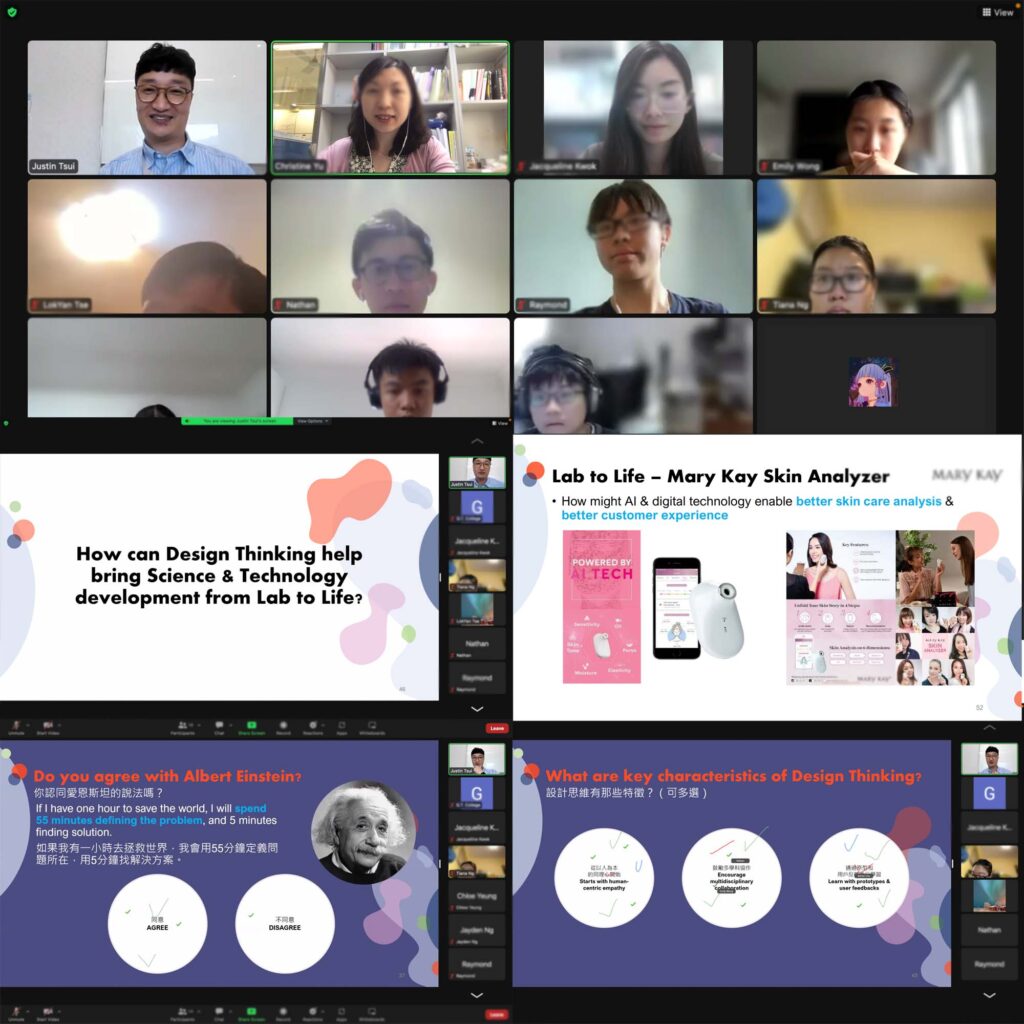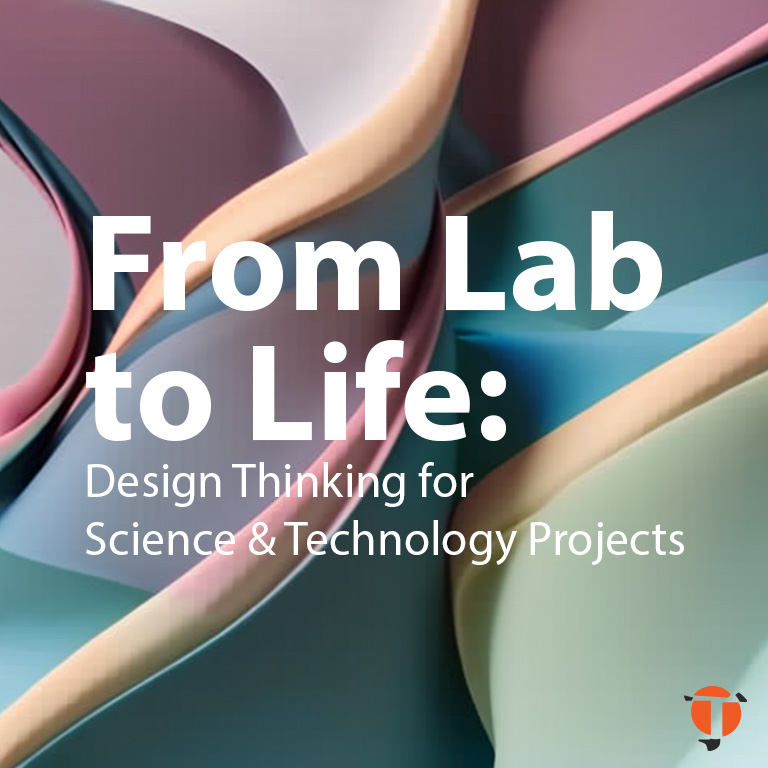I recently had the incredible opportunity to conduct a Design Thinking training session for a group of brilliant secondary students who are participating in a science projects competition.
Lab to Life
Traditionally, scientific research has been focused on laboratory innovation and technological advancements. While these aspects are essential, we must recognize that our ultimate goal should be to develop human-centric solutions that create tangible impacts in people’s lives. And that’s where Design Thinking comes in.
Design Thinking as bridge
Design Thinking is a powerful methodology that puts people at the heart of the innovation process. By incorporating Design Thinking principles into scientific research, we can bridge the gap between innovation in the lab and real-life impact.
Start with Empathy
During the training, I encouraged the students to think beyond the traditional scientific approach, and challenged them to empathize with the end-users and gain a deep understanding of their needs. By doing so, they were able to identify potential roadblocks and design creative solutions that truly address real life unmet needs.
Design Thinking + Science & Technology Case Studies
To help the students better understand how to apply design thinking in real life, I shared some first-hand experience on how P&G leverage in-home visit consumer research to empathise user unmet needs to boost their product and brand innovation. How user insights inspire new technical innovation to create desirable user experience for home care. As well as how to transform beauty service experience through AI powered skin ananlyer etc.

Unlock new innovation & impact
By combining scientific expertise with Design Thinking, I hope these young minds can unlock a new level of innovation and impact. Ideally to transform the project from purely scientific experiments to real-life solutions that tackled pressing issues in our society.
But why is this combination so crucial? It’s because our world is evolving rapidly, and we face complex challenges that demand holistic solutions. When science and technology research is conducted in parallel with Design Thinking, we can create a harmonious blend of innovation and empathy. We can develop solutions that not only push the boundaries of knowledge but also make a meaningful difference in people’s lives.
Better solution for better life innovation
I’m incredibly proud of the students I worked with and their dedication to transforming scientific research into human-centric solutions. BY integerating design thinking into science & technology research, we are shaping a future where innovation is not confined to the lab but is accessible to all, creating a better world for everyone.
#designthinking #innovation #makingimpact #ScienceAndDesignThinking #InnovationWithImpact #EmpathyInScience

